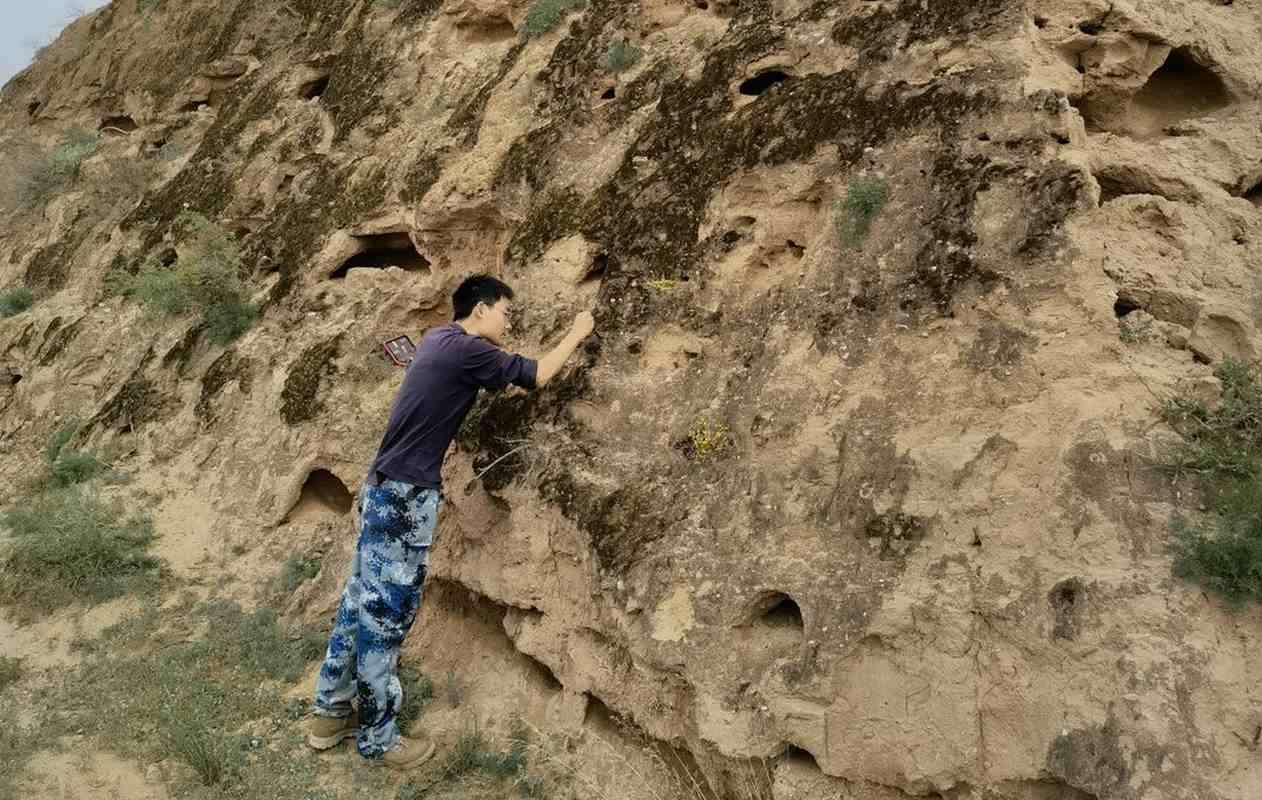History Enthusiasts Found a Buried 15th Century Royal Palace All on Their Own- 'Against all odds'
Currently in the second stage of excavations, more radar scans will be employed to ascertain what each building might have been used for

For centuries, soldiers stood guard along the Great Wall of China, defending the heartland of the North China Plain from nomadic invaders like the Huns, and the ancestors of the Mongols.
Now, a new kind of protector stands stalwart on the wall, even as the unfinished parts of the great monument crumble away: biological soil crusts.
These mixes of lichen, moss, and cyanobacteria form a crusty surface atop loose soil, and play a major role in arid ecosystems, but in Northern China, they are protecting sections of the wall from wind and water erosion.
Scientists hoping to understand the impact of these soil crusts on the famous wall selected a 300-mile-long section to take samples from. The Great Wall of China was built in several stages, separated by hundreds of years. At times, the wealth and power of the Chinese ruling dynasty allowed them to use brick and mortar, but in other times, or in more remote places, rammed earth was used instead.
Rammed earth is a mixture of mud, gravel, and other natural materials that are compacted, much like the surface of the ground. This has allowed biological soil crusts to flourish on the rammed earth sections of the wall, and indeed were found to cover 67% of the sampled areas.
"Compared with bare rammed earth," the authors of the study wrote in the journal Science Advances, "the biocrust-covered sections exhibited reduced porosity, water-holding capacity, erodibility, and salinity by 2 to 48%, while increasing compressive strength, penetration resistance, shear strength, and aggregate stability by 37 to 321%."
In many desert parks in the US, signs are posted along trails warning visitors and hikers to stay away from patches of lumpy dark Earth. These are biological soil crusts, and they keep desert environments more fertile than they otherwise would be by keeping the sandy dirt from blowing away.
In fact, half of all the soil on Earth would be blown into the oceans, approximately 700 million metric tons of dust every year, if not for this diminutive phenomenon. Researchers at the University of Almeria, Spain, have estimated that 25% of all the soil in all the world's drylands is covered in these biocrusts.
Other scientists have estimated that these little colonies of organisms prevent an amount of dust equal to all human-created atmospheric aerosols, and three times as many as humans have placed into the atmosphere through land-use changes, from entering it.
It can take over 50 years for biological soil crusts to form, and merely 1 second of a heavy hiking boot falling to unmake them. So watch your step!
SHARE This Amazing Discovery And Even More Amazing Phenomenon…
Be the first to comment